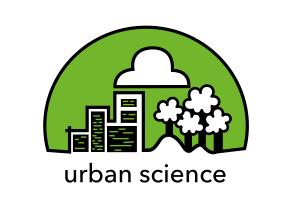In the Shade
In this module the effects of UV light are investigated and results used to design safer spaces for recreation.
Ultraviolet light is type of electromagnetic radiation that is responsible for summer tans and sunburn; too much exposure to UV radiation is damaging to living tissues. Most of the natural UV light people encounter comes from the sun. There are two basic types of ultraviolet rays that reach the earth’s surface - UVB and UVA. UVB rays are responsible for producing sunburn. UVB rays also play the greatest role in causing skin cancers, including the deadly black mole form of skin cancer (malignant melanoma).
A suntan is a reaction to exposure to harmful UVB rays. A suntan results from the body's natural defense mechanism kicking in. This consists of a pigment called melanin, which is produced by cells in the skin called melanocytes. Melanin absorbs UV light and dissipates it as heat. When the body senses sun damage, it sends melanin into surrounding cells and tries to protect them from sustaining more damage. The pigment causes the skin to darken.
Some UV radiation is essential to the body as it stimulates the production of vitamin D. Vitamin D has an important function in increasing calcium and phosphorus absorption from food and plays a crucial role in skeletal development, immune function and blood cell formation. There is no doubt that a little sunlight is good for you! But 5 to 15 minutes of casual sun exposure of hands, face and arms two to three times a week during the summer months is sufficient to keep your vitamin D levels high. Closer to the equator, where UV levels are higher, even shorter periods of exposure suffice.
This Urban Science topic explores how UV light impacts on daily life and how we can design the places where we live and recreate to be safer. The module asks students to think about how they can design an outdoor cafe seating area which considers the harmful effects of over-exposure to UV light. They present their results as recommendations to a local cafe owner.
